Thank you for making it here ❤️
The solar flares blasted too intensely last weekend and tossed many of you to my profile. I welcome you all and want to begin by saying – you’re in the right place. A rare Geomagnetic Storm Auroras event painted skies across the globe. Here’s what sparked it and why this cosmic show was one for the history books.
The history was written on the night of 10th-11th May 2024.
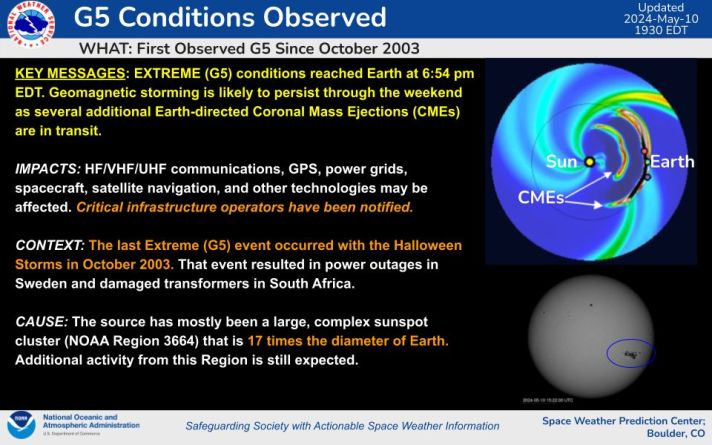
Surpassing several previous records, it was one of the most severe Geomagnetic Storms ever!
What caused a severe G5-level Geomagnetic Storm Auroras on the 10th of May?
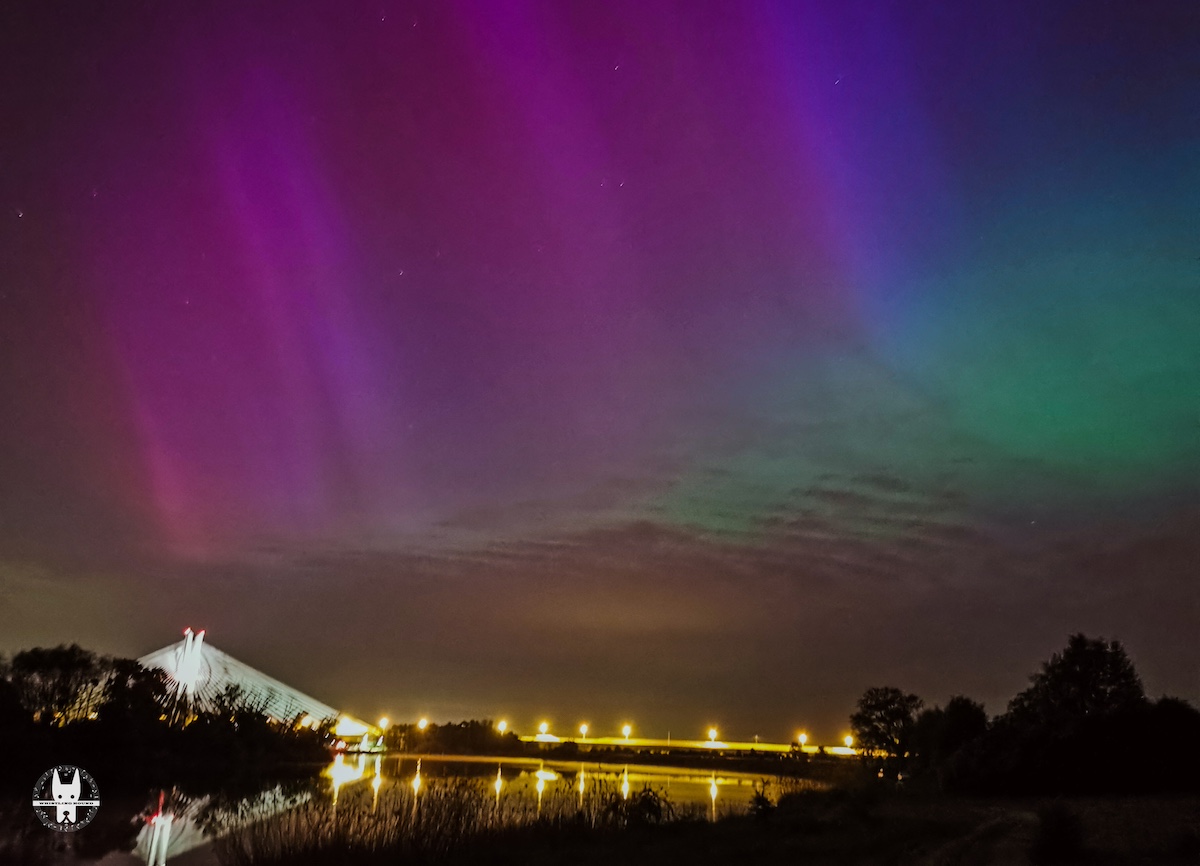
The Sun is close to the Solar Maximum Cycle, and one particular giant Sunspot 3664 has been blasting back-to-back CMEs. The same Sunspot fired multiple CMEs on the 8th of May, caused by the big X-Class flare (X5.8).
On the way to Earth, they merged to become a huge ball of plasma that arrived on the 10th of May. Things started peaking at about 1523 CET and prevailed for 18 hours or so. A typical Earth-directed corona takes about 48-72 hours to travel from the Sun to Earth’s surface.
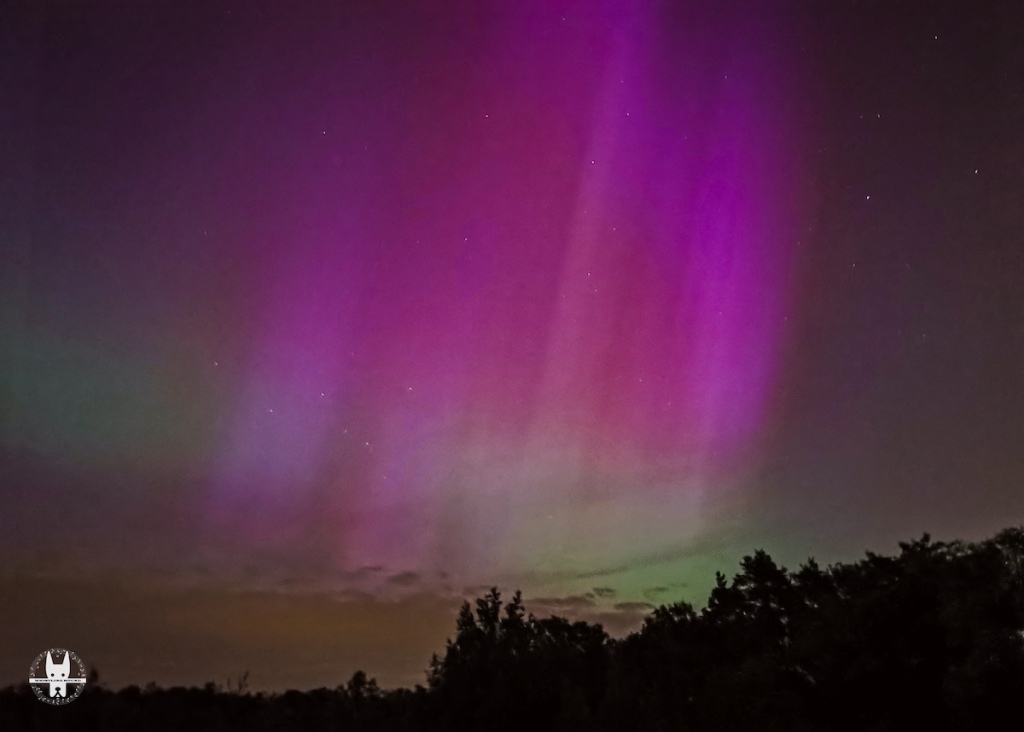
The plasma entering Earth’s magnetic field was dense, full of charged particles to create a big Aurora Borealis. The world witnessed a unique event in Space Weather history. Since upper latitudes are too bright for Northern Lights watching, mid and lower latitudes were the biggest beneficiaries of the G5-level Geomagnetic Storm Auroras.
Aurora Sightings from Poland to the US! Why were Red Auroras visible so far south in the lower latitudes?
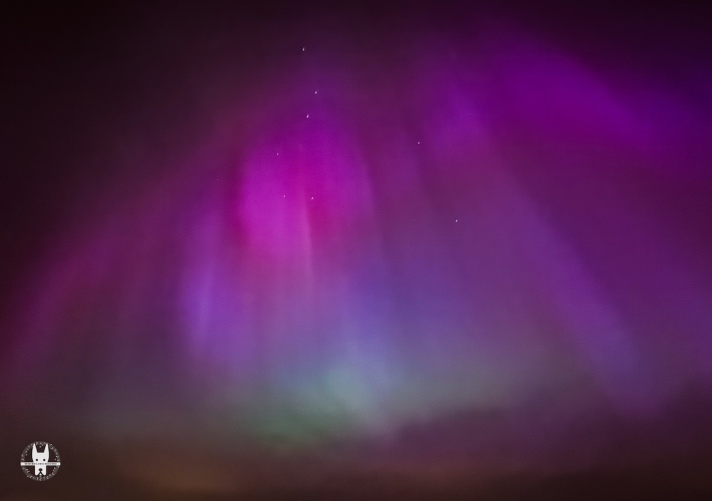
For the first time since 2003, the extreme G5 Geomagnetic Storm threshold was achieved. The hp index reached up to 12.
With an observed Dst reaching -412nT (severe), it was one of the strongest Geomagnetic Storms of the modern era. The superstorm surpassed the Halloween Solar Storms of 2003 and the 1989 storm that knocked out power grids in Quebec. The Dst from 2003 still retains the highest record with -422nT.
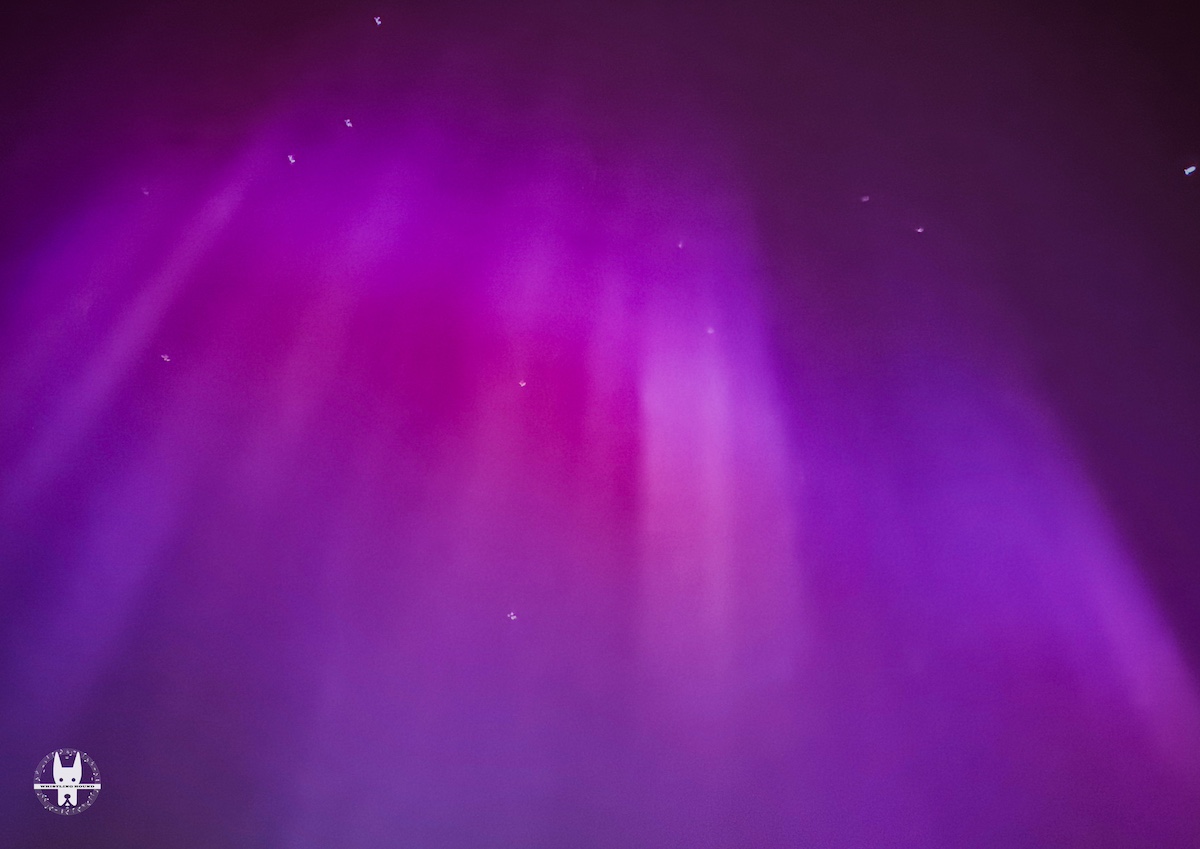
The magnetic orientation (Bz) was deep south, matching values of -50 nT. This made the Earth’s magnetic field incapable of controlling all the charged particles. It resulted in a vast expanded Aurora Oval that reached Iran, Italy, Spain, the Canary Islands, Mexico, North Africa, Hawaii, and even Leh in the Indian High Himalayas.
Northern Lights have been trending on the internet for the past 72 hours. Millions of stunning Aurora pictures were shared from the northern and southern hemispheres. The twin sister of Aurora Borealis is Aurora Australis, AKA Southern Lights 😉
Surpassing several record parameters, it was the strongest Geomagnetic Storm since 2003. Scientists compared it to the famous Carrington Event of 1859, when blazing auroras were visible as far south as Mexico and Hawaii.
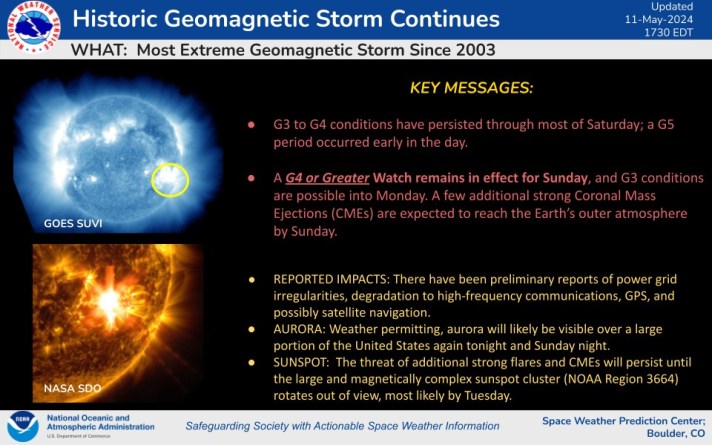
What is the Disturbance Storm Time (Dst) index?
The Disturbance Storm Time (Dst) index is a measure of geomagnetic activity used to assess the severity of geomagnetic storms. It is expressed in nanoTeslas based on the average value of the horizontal component of the Earth’s magnetic field measured at four near-equatorial geomagnetic observatories.
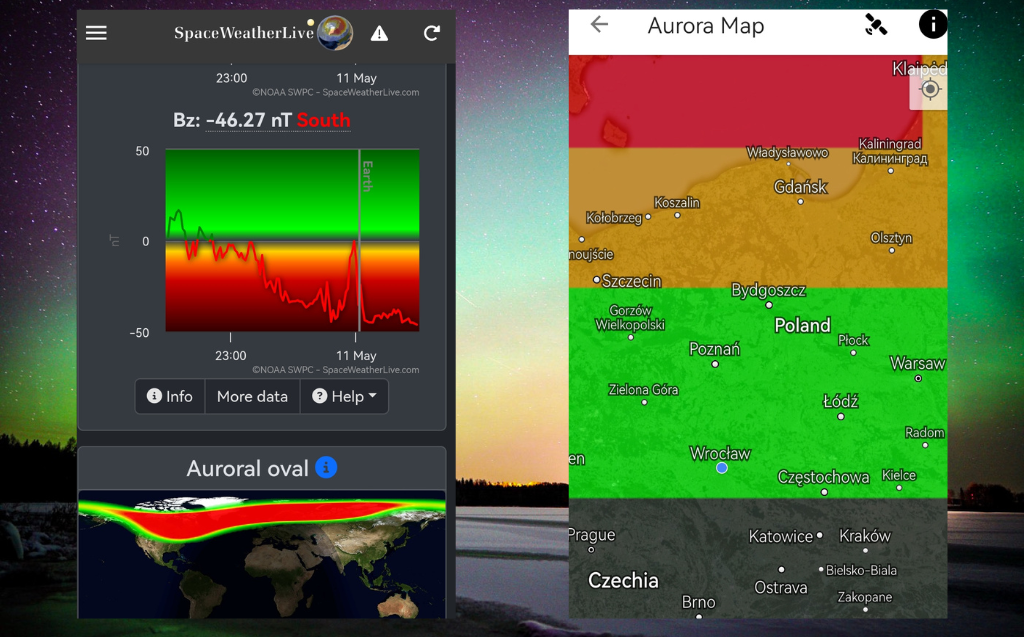
Dst measures the growth and recovery of the ring current in the Earth’s magnetosphere. The lower the values, the more energy is stored in Earth’s magnetosphere. It commonly indicates the severity of geomagnetic storms that reach the extreme G5 geomagnetic storm level. (Source: SpaceWeatherLive)
Overwhelmed with all the Space Weather values and parameters? Read my previous blog – A Curious Dive into the World of Aurora Borealis & Solar Storm.
It will give you a better understanding of the most essential aspects affecting the Northern Lights.
Will we see more Geomagnetic Storms soon?
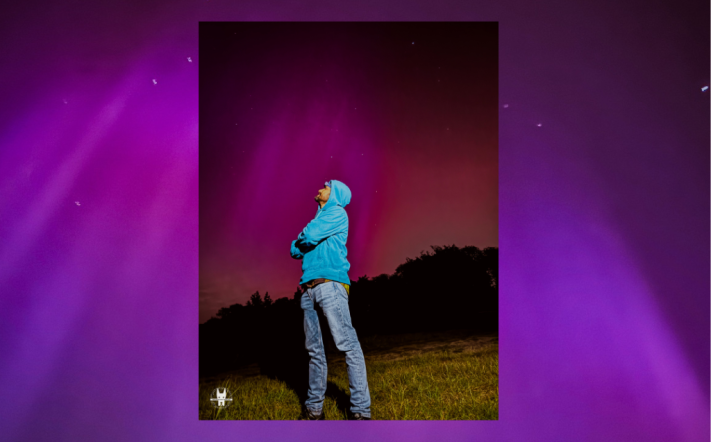
Hard to say! It is less likely. The sun is more active than ever, with several CME releases reported in the past months. But it’s tough to predict a storm of similar intensity. It is still possible in Northern and Central Europe and Central America, but for further south latitudes, it gets tricky.
Shots of shining red Auroras in this blog were captured on Friday (10th May 2024) from Las Osobowicki, Wrocław, Poland.
What causes different Aurora colours? The Aurora changes colour depending on the altitude of the activity, where atmospheric elements influence the colour.
Read it here: All You Must Know About Northern Lights in Rovaniemi – Nature’s Impressive Spectacle in the Arctic Land
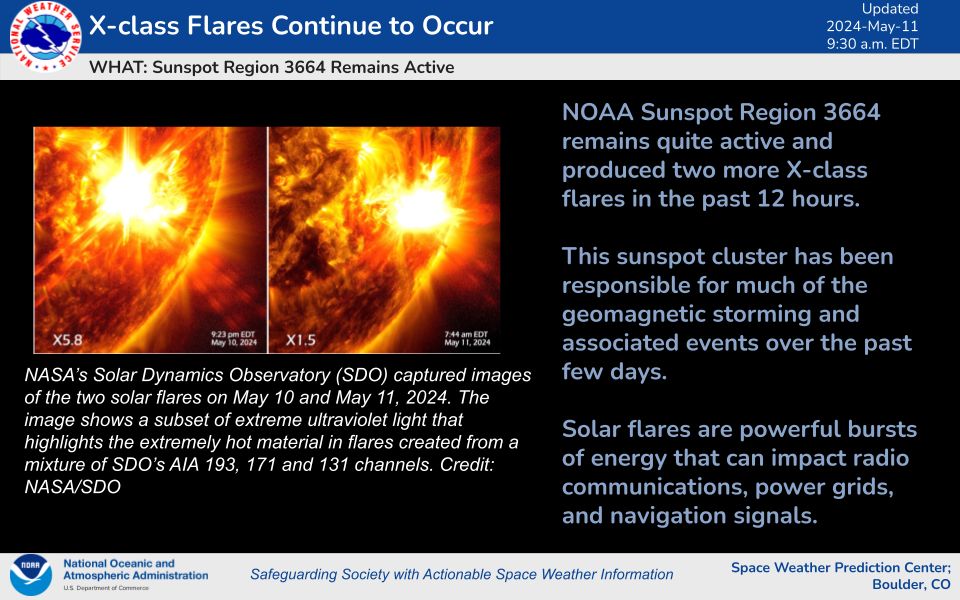
At the time of drafting this blog (13th of May 2024, 1300 CET)
Auroras were reported to be visible from several parts of Poland even last night (12th of May). However, there was only a faint glow in Wrocław last night. Some people spotted the lights close to Bielany Wrocław and updated on the Aurora App. The Northern Lights were visible even with a 2% viewing probability.
The Polish Baltic Coast always has the advantage of being in the upper part of the mid-latitudes. Hence, it often gets a good show in case of geomagnetic storms.
The point is, pushing hopes based on the Friday night storm can be a bummer.
There are many ifs and buts related to Space Weather, and several parameters must align for a good Aurora show.
Safe to say, the Sun is awake from its slumber, and the Solar Maximum phase is ON!!
Several sunspots are blasting X-Class and M-Class flares left and right. Just yesterday, another promising X-Class flare was produced from Sunspot 3664.
So, Stay Alert!
Sharing my profound connection with the Northern Lights and SpaceWeather.
I work as a full-time tour guide, tour curator, and content marketer in Poland, Auroras hold a special place in my heart.
That’s because I began my guiding journey in Lapland, the true North and home of the Auroras. The dark skies in Lapland are adorned with the magical Aurora Borealis almost every night from August to April.
I worked in Lapland as a creator and guide during the autumn and winter seasons preceding the pandemic era.
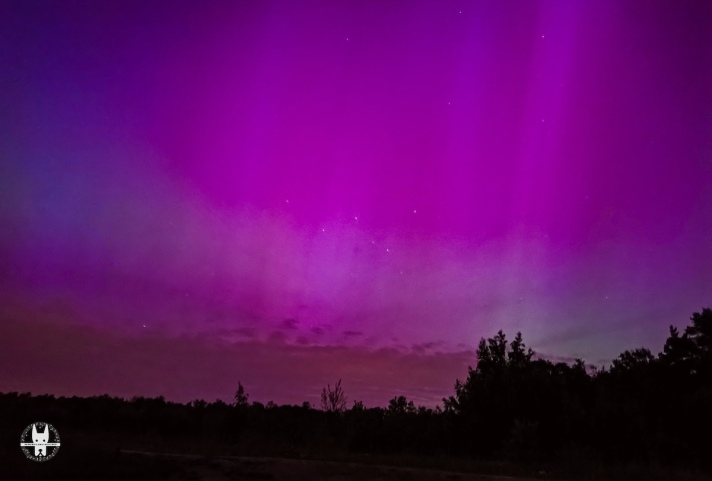
Guiding aurora tours with talented aurora hunters and delving deeper into Space Weather sparked a never-ending curiosity in me.
A passion that I’ve harboured and cherished over the years, regardless of my location.
Thanks to the highly accurate aurora tracking apps, the SpaceWeatherLive website, the amazing aurora hunters I met over the years, and my passion for the Lights. I have learnt and understood several key Space Weather parameters.
The deeper you dive, the greater the curiosity about factors impacting NL, and so forth.
As fascinating as it may seem, it’s critical to understand that the Space Weather data and stats swing quickly, especially in lower latitudes like central and southern Europe.
The picture below is from my first aurora sighting back in August 2019.
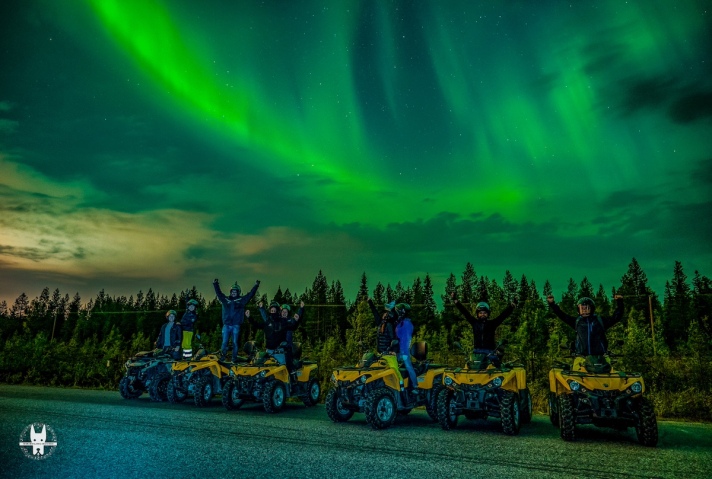
Riding a quad bike under the Northern Lights is one of the most exciting things you can do.
Over the past 72 hours, I have received several queries about where to go and how to catch a glimpse of the magical show. To everyone reading this, please absorb every detail of this blog and visit all the interlinked articles. You will have far better clarity on the Space Weather and Aurora Borealis.
Did you watch this rare event? In case you missed the superstorm, stay updated with the latest solar events via the recommended apps, and keep an eye on the Northern horizon.
To track the Space Weather activities in real-time, I highly recommend installing the apps – SpaceWeatherLive & Aurora. For detailed stats and more understanding of the parameters causing Geomagnetic Storm, bookmark the NOAA SWPC website.
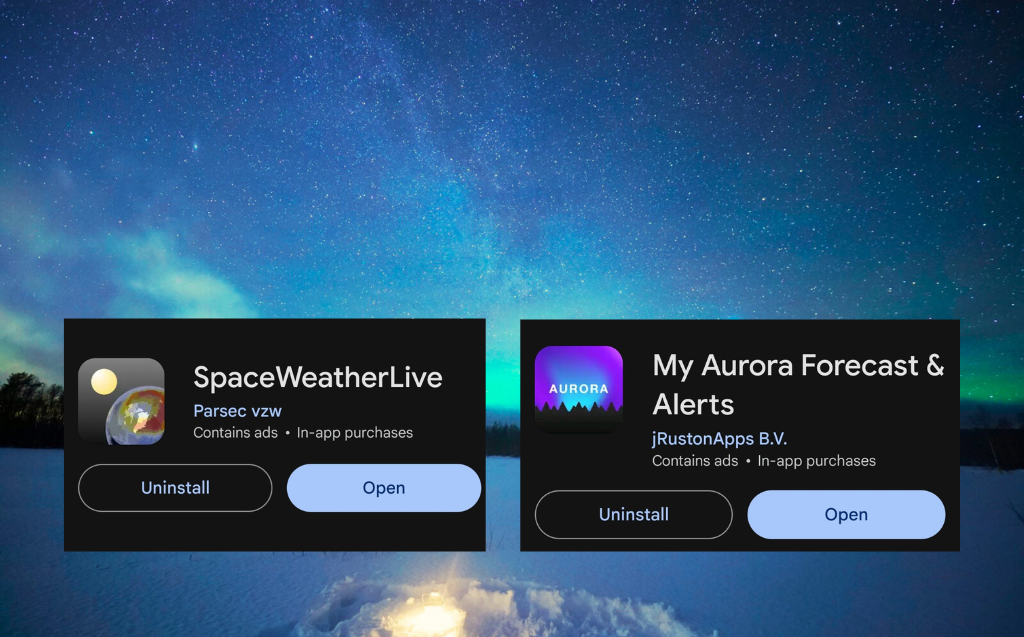
Ultimately, if you want to skip all that and receive essential updates on Northern Lights, I invite you to subscribe to my blog and follow me on Instagram/Facebook – @whistlinghound.
Based on the live data from NOAA SWPC, I post frequent updates on social media. I curate guided tours in Poland and also organise the Northern Lights tour in Lapland via my partner operators.
If you enjoyed reading this blog, please share your thoughts in the comments below. If you think someone could use such detailed information, please share it with them. You will not only support my work but also spread some quality content on the internet.
FAQs: Your Guide to the 2024 Geomagnetic Storm
What caused the geomagnetic storm in 2024?
The 2024 geomagnetic storm was triggered by multiple coronal mass ejections from sunspot 3664, peaking on May 10–11, with a Dst index of -412nT, per NOAA.
Where were auroras visible during the 2024 geomagnetic storm?
Auroras were visible globally, from Iran and Mexico to the UK and Australia, due to the storm’s intensity, marking a rare worldwide display.
How does a geomagnetic storm create auroras?
A geomagnetic storm occurs when solar particles from CMEs hit Earth’s magnetic field, exciting atmospheric gases to produce auroras like the northern lights.
What was the significance of the 2024 geomagnetic storm?
It was the strongest storm since 2003, surpassing the Carrington Event’s visibility, with auroras seen in unexpected regions, per space weather reports.
How did the 2024 geomagnetic storm affect technology?
The storm caused disruptions, including radio blackouts and GPS issues, but power grids held up, according to NOAA’s space weather updates.
Share this:
- Click to share on Facebook (Opens in new window) Facebook
- Click to share on LinkedIn (Opens in new window) LinkedIn
- Click to share on Reddit (Opens in new window) Reddit
- Click to share on X (Opens in new window) X
- Click to share on WhatsApp (Opens in new window) WhatsApp
- Click to email a link to a friend (Opens in new window) Email



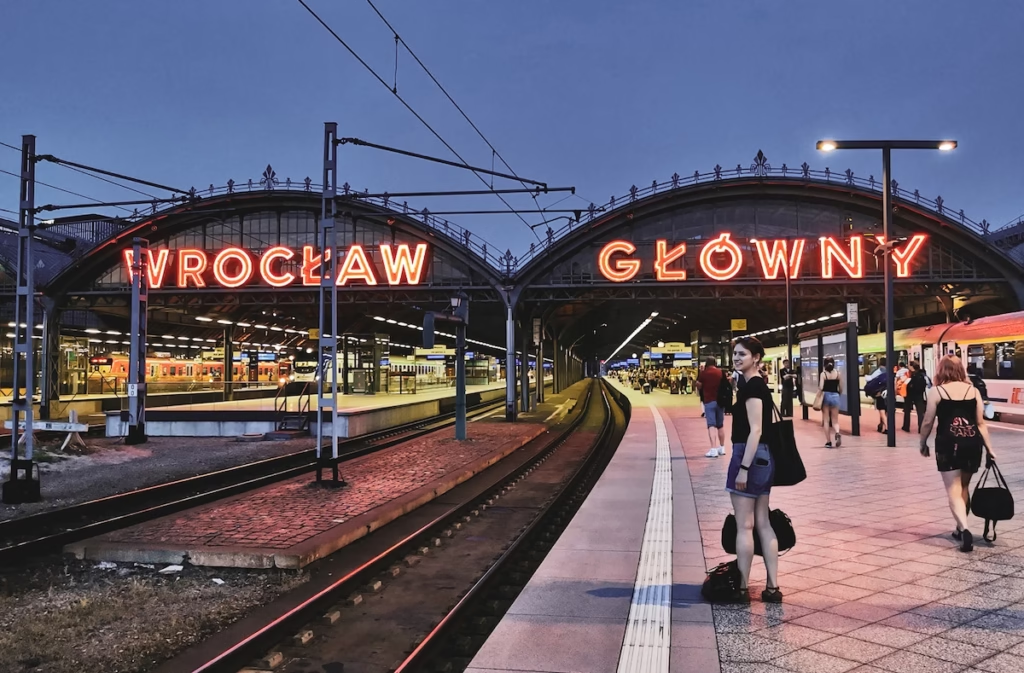
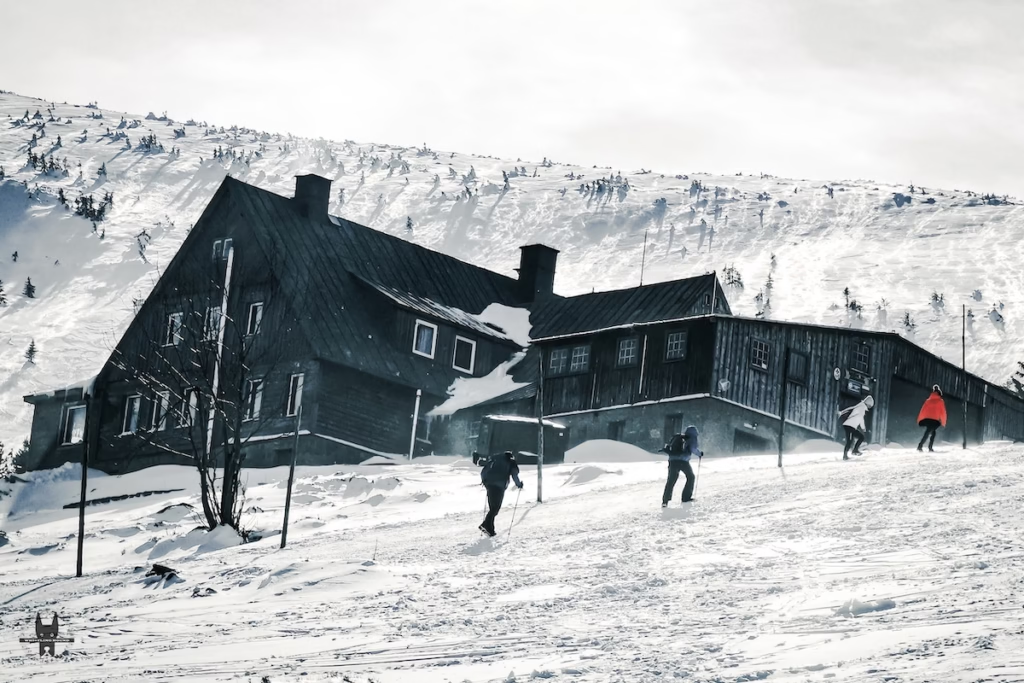

2 thoughts on “Explaining the Historical Geomagnetic Storm of 10th May 2024 – The Day Earth Lit Up with Red Auroras”
Thanks, this was a good article that cleared up some unanswered questions as I reflected on the events in May!
Are you from Poland? Is the job market and overall economy good there?
Anita (from NJ USA)
Thank you for you lovely comment, Anita! Yes, I live in Poland. 😊
Job market here is well inclined towards IT, and Fintech sector. And it attracts a lot of expats here.